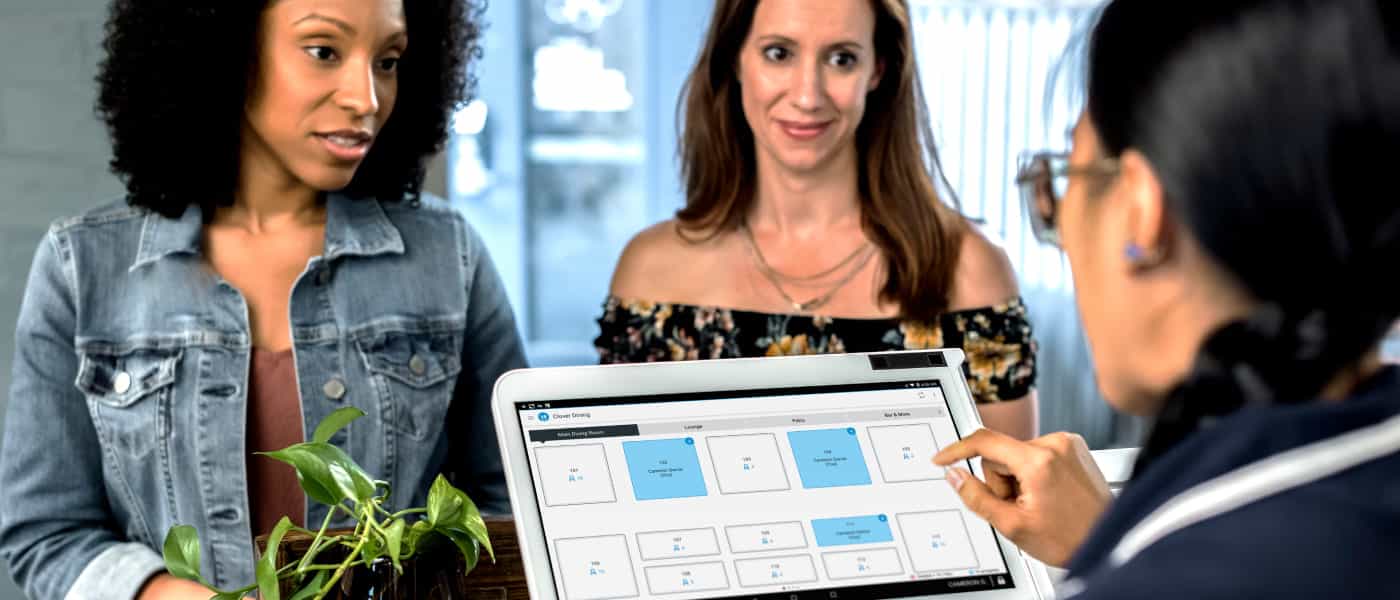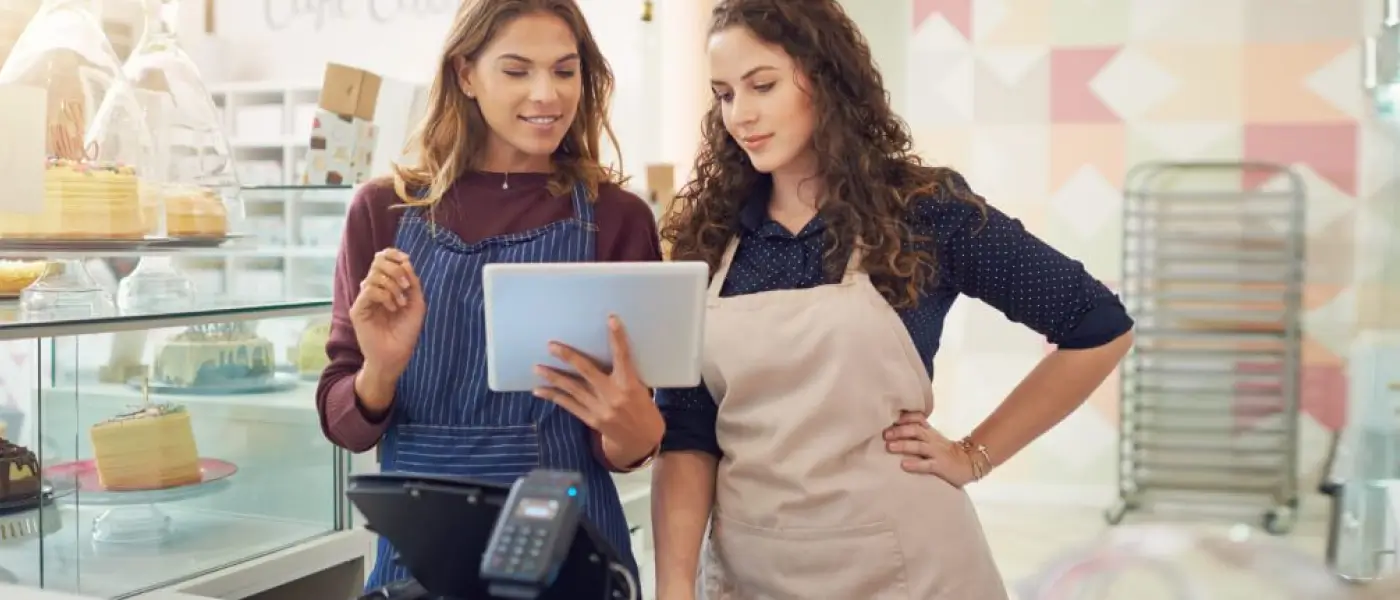
Customer feedback plays a crucial role as a valuable source of information, offering insight into your customer’s experiences.
Whether you work in retail or in a restaurant, each and every customer is going to have their own experience of your business that you can use as a basis for improvement. In this article, we explain how to get customer feedback and what you can do with it to positively impact your business.
Why get customer feedback?
Here are some of the benefits of customer feedback that help to drive your business forward:
- Get insight into how your business is performing and identifying areas for improvements.
- Build relationships with your customers and empower them with a voice to spread the word about your business.
- Gain a deeper understanding of your organisation as a whole, from customer feedback that offers an external perspective.
- Obtain a deeper understanding of your customers’ feelings and their needs and wants, enabling you to tailor your offerings accordingly.
- Increase customer satisfaction and retention by acting based on feedback.
- Identify opportunities to enhance your products or services.
- Build customer loyalty and trust.
Tips to help you get customer feedback
So, we know that customer feedback is important. But how do we get it? Not every single customer will have the time to leave feedback, which is why it’s important to use multiple customer feedback methods and try to obtain as much as you can.
Use surveys
Surveys are an excellent way to gather customer feedback. These surveys can be sent out through email, set up on your website or posted into focus groups. The important part about getting feedback from customers is making sure you’re asking them the right questions. In your surveys, try to target pain points that will help you to better understand the customer journey.
Here are some tips to writing a good a customer feedback survey:
- Keep it short. You need to be clear and concise, otherwise your customers will lose interest.
- Make sure every question has a purpose and fulfils an end goal.
- Use open-ended questions that encourage your customers to open up and share opinions.
- Ask one question at a time to avoid confusing or merging answers together.
- If you’re using scale ratings, keep them consistent throughout the survey!
- Don’t use loaded or bias questions that lead customers towards a certain answer.
- Be very specific. This will help you to avoid making assumptions about the answers.
- Offer survey respondents some kind of incentive or bonus as a thank you.
Stick to these rules and you’ll have a better chance of gaining actionable and accurate feedback from your customers, which you can then use to better your business.
Encourage your customers to share reviews
Reviews on websites such as Google or Yelp can be incredibly helpful when it comes to driving customers towards your business. This type of customer feedback is particularly useful because it’s displayed on a public level, meaning it can influence potential new customers and help to boost your brand image.
Be sure to respond promptly to all reviews in a polite and professional manner. Even if you receive a negative review, you can still turn it into a positive by thanking the customer for their feedback, apologising for the experience, and taking steps to rectify the situation.
Reach out to customers directly
Another good way to collect feedback from your customers is to simply reach out to them directly. You can do this through email surveys, social media (using polls or anonymous replies to stories), live chat on websites, or even in person.
Gathering feedback is something that customers are used to seeing from businesses, so as long as you are polite and respectful of their time this won’t be an issue. By offering multiple channels for your customers to give feedback, you can facilitate for more people and increase your chances gaining useful insights.
How to get the most out of customer feedback
Once you’ve collected your customer feedback, it’s essential to use it to directly improve your business. Remember, your customers are giving you a first-hand view of their user experience, which is extremely valuable.
Make sure to read each and every comment carefully and take note of any recurring themes or valuable suggestions. These can help you to identify core areas for improvement and ensure that future customers will receive the best possible experience. Whether it’s updating your product range or brushing up your customer service, you can use every piece of feedback as a basis for improvement.
Finally, be sure to always thank your customers for their input and let them know that they’re making a real difference. So, the next time you’re wondering how to get feedback from customers, you’ll be able to get the ball rolling.



